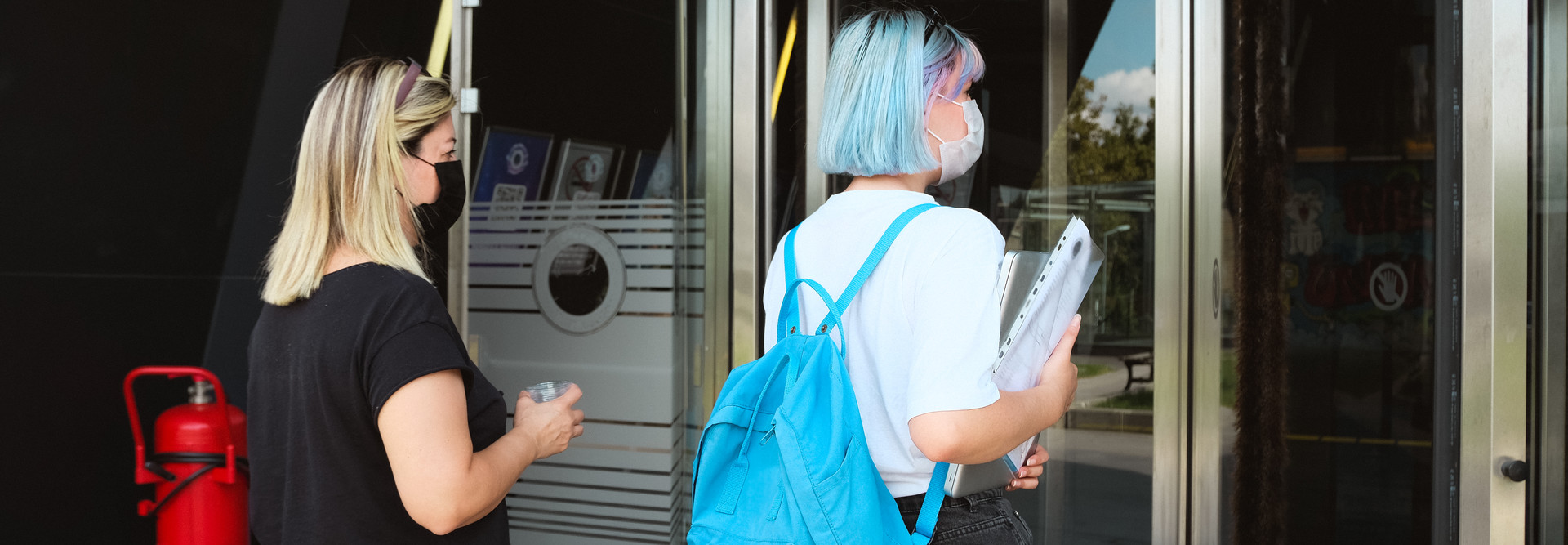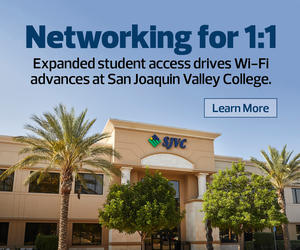I used to envision college move-in day as a swarm of families scurrying in and out of elevators. Cameras would flash as red-faced freshmen walk their parents back to minivans. But when my family and I arrived outside my dormitory for the first time, the lobby resembled an airport security checkpoint, as upperclassmen checked our appointment times and COVID-19 lab results.
We formed clean lines, looking in every direction before risking a photo without masks.
Still, after two semesters of strictly online schooling, the freedom of living on an actual college campus — even with the residual COVID-19 restrictions — was more than welcome.
STUDENT VOICES: See what else college students had to say about their experiences this semester.
To Thrive on Campus, Students Need Stronger Wi-Fi
While we are lucky to have the opportunity to live on campus this semester, the post-shutdown college experience is far from what my peers and I had anticipated. As a sophomore transitioning from a fully remote learning model to a full-blown campus experience, I’ve encountered some unexpected compromises and challenges.
For one, my university’s unstable Wi-Fi has been difficult to work around. Especially now, when everything from logging on to Blackboard to booking a study room requires access to the internet.
MORE ON EDTECH: What I found engaging about asynchronous online classes as an adult learner.
For our safety, the university’s health services department requires students to fill out a daily COVID-19 screening survey online. Before entering classrooms or residence halls, we must show our digital “clearance badges” marked with the current date and time. But because the Wi-Fi is weak, there are often traffic jams as we wait for our clearance badges to load.
And on my second day of class, I spent an hour by the printer as I desperately tried to photocopy a document for my ethics class. After talking to IT for a long time, we later realized I had connected to the wrong network. But even after connecting to the correct source, I had no service.
When completing assignments and tracking COVID symptoms is contingent on having internet access, it is vital for my university to improve its Wi-Fi connections on campus.
Click the banner below to learn how San Joaquin Valley College completed a major wireless upgrade.
To Limit Disease Transmission, Offer a HyFlex Option
I can no longer remember how we dealt with common illnesses before online education.
But without a HyFlex option, or a hybrid model that offers a choice between synchronous and asynchronous learning, sick students are no longer incentivized to stay home when sick.
A few weeks into the academic year, the “West Campus Flu” snaked its way inside every classroom. Although much less severe than COVID-19, the flu spread rapidly. Even with an indoor mask mandate, it felt like there was nowhere to run from students coughing in the shower or sneezing across the lunch table.
Ultimately, the transition from attending classes in my childhood bedroom to living three hundred miles from everything familiar has been jarring, to say the least.
READ MORE: A student offers tips on how to support online learners with ADHD.
Making new friends, declaring a degree and navigating an entirely new physical environment, after the academic stresses of last semester, has everyone in a tailspin.
Just as it took students a full year to master the art of online learning, I fear it may take just as long for us to revert back to (almost) normal life on campus.
But change is not inherently a bad thing. Throughout the pandemic, academia proved that it would not be limited by an international plague, restructuring itself and acquiring new tools to allow students to continue learning.
New technologies have extended our reach as the world becomes accustomed to working and studying online. Experts, research and internship opportunities are infinitely more accessible now. Only a spotty internet connection stands in the way of what we set our minds to. If we can survive the pandemic, I am confident we will manage to survive after it too.
Explore our Remote Learning Diaries series to see what college students have to say about their virtual classroom experiences.











